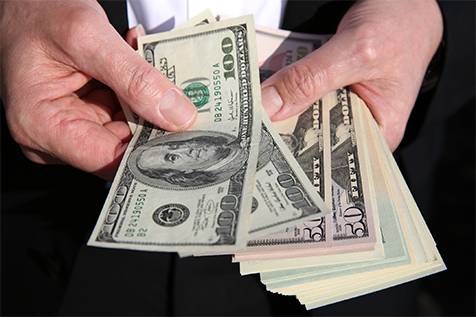The US dollar declined on Friday on track for the fifth monthly drop in a row amid persistent uncertainty on US fiscal and trade policies.
The dollar had a turbulent week after the US appeals court reinstated Trump’s tariffs after a single day of a trade court’s order to suspend them.
Trump said he hopes the Supreme Court will outright revoke the trade court’s decision, with officials indicating they’ll use other presidential powers to ensure the implementation of tariff policies.
Investors Flee US Assets
Extreme uncertainty about US tariffs pressured the markets heavily in recent weeks with investors fleeing US assets in search for calmer and safer alternatives.
Analysts believe the US is starting to lose its “exceptionalism” status among investors worldwide, leading to an exodus of cash.
Euro and Franc Snag Gains
The euro fell 0.4% today to $1.1325, after mixed inflation data from German states.
However, the dollar is still heading for a monthly decline against the euro, the pound, and the franc.
Recent US unemployment claims and growth data failed to calm concerns about a potential US recession, with investors awaiting the Fed’s favorite Personal Consumption Expenditures report to gather more clues.
Persistent concerns about debt in advanced economies hurt demand on long-term government bonds in both the US and Japan in particular.
Dollar Marks Longest Losing Streak Since 2017
The dollar index rose 0.3% against a basket of major rivals to 99.58, but is still down 0.10% in May, on track for the fifth monthly decline in a row.
Emerging currencies on the other hand are surging by an average of 2% according to the emerging currencies index, the best such performance since November 2023.
The yen settled at 143.93 against the dollar after data showed main Tokyo inflation hit a two-year peak in May, boosting the odds of a Bank of Japan rate hike soon.
US Inflation Outlook
The PCE index is expected to show a 2.2% increase last month, down slightly from 2.3% in March.
The index is crucial in determining the Federal Reserve’s policy decisions this year as officials assess the impact of tariffs.


